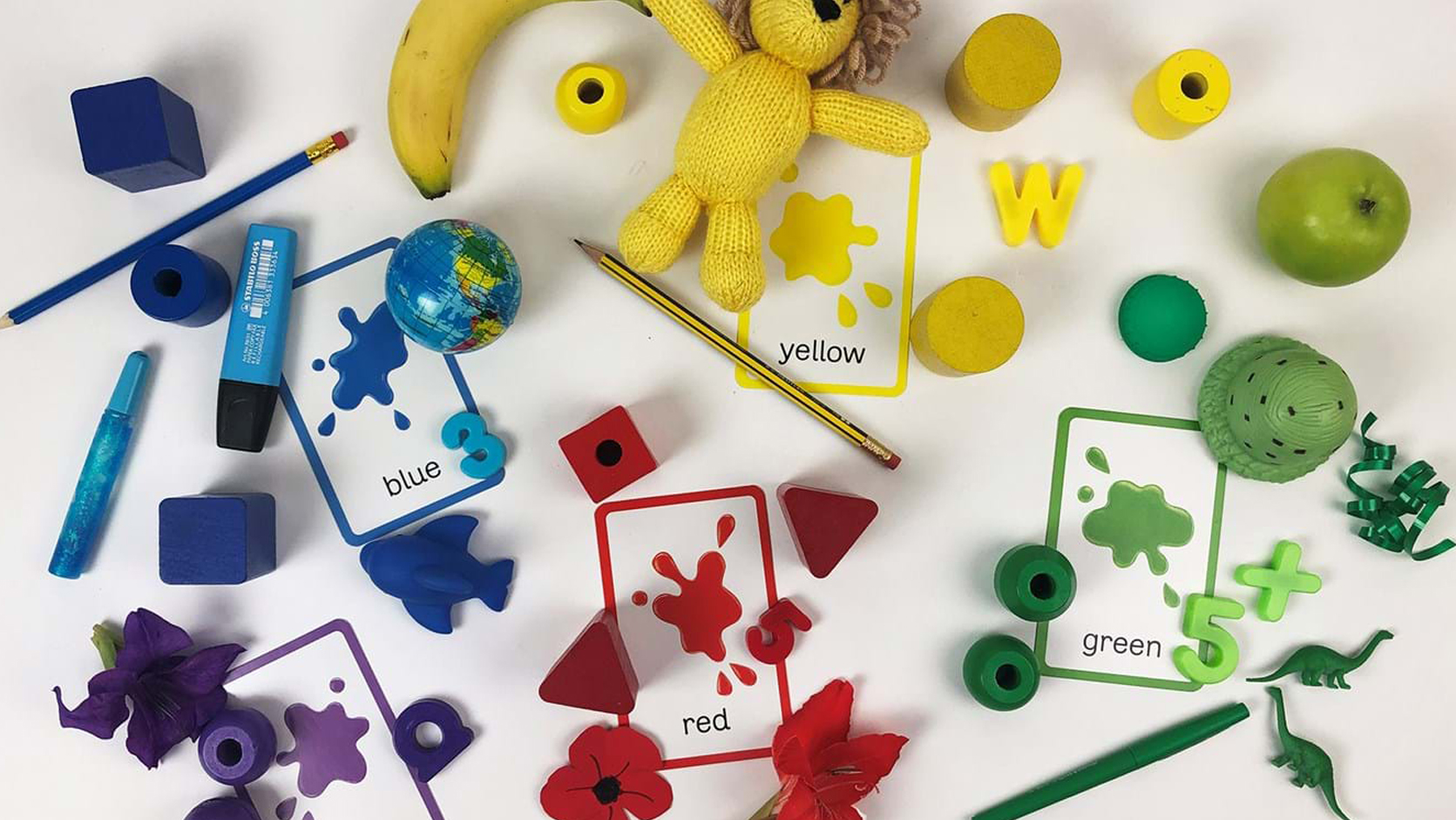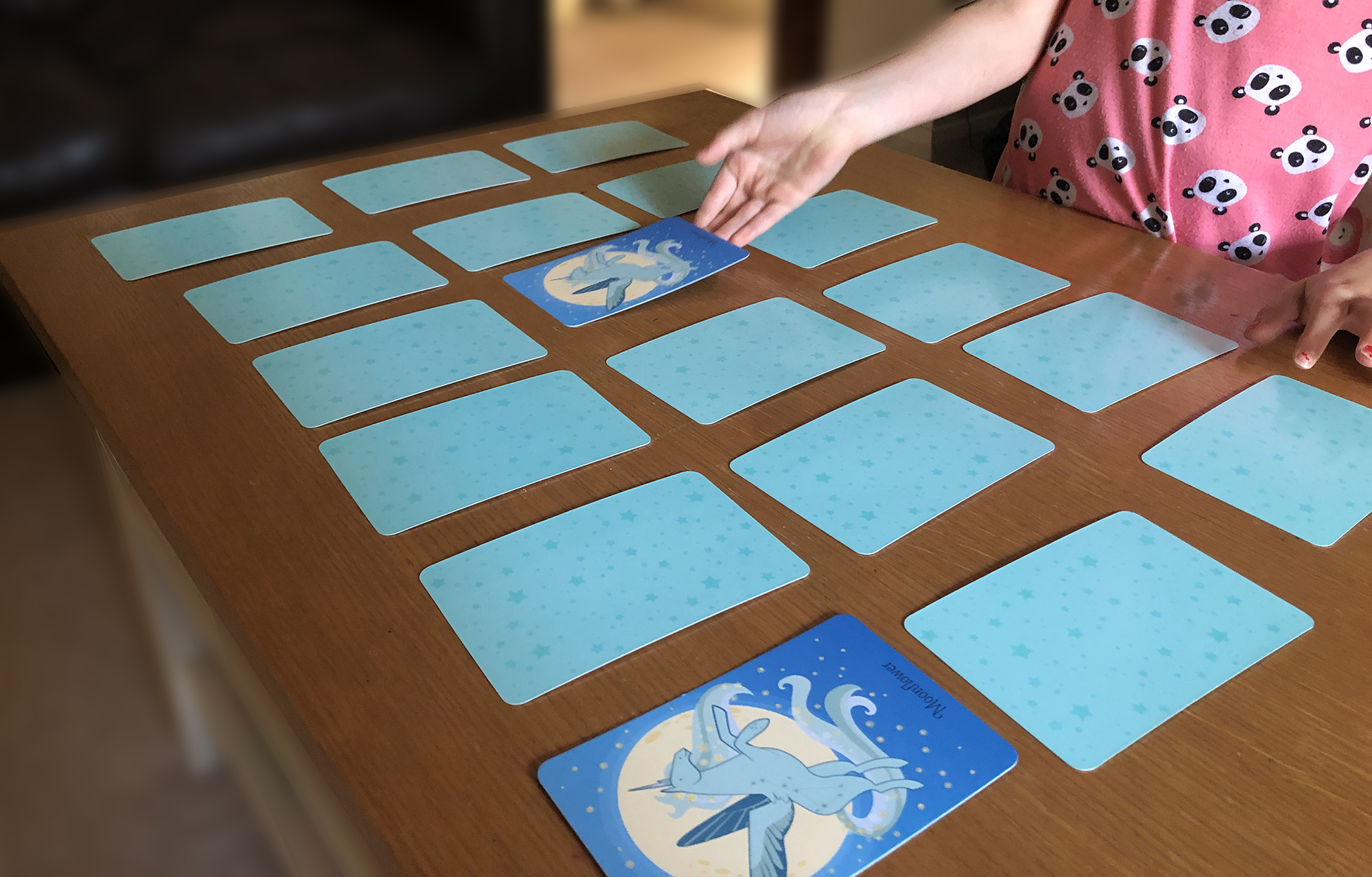- Tips and expert advice
17 things to do with your Usborne Snap cards (and 16 of them don't involve playing Snap!)

We love a game of Snap! It’s a very simple children's game that's been popular since Victorian times. There are over 30 different sets of Usborne Snap cards from dinosaurs and mermaids to art cards for older children, all beautifully illustrated.
And they're not just for playing Snap! We’ve come up with lots of ideas for alternative ways you and your child can use your Usborne Snap cards – with the added bonus of helping to develop their imagination, coordination, language, listening and social skills.
(And just in case you don’t know the rules of Snap – you can find them at the bottom of this post.)
Please note – the ideas are listed chronologically from toddlers to tweens!
1) Get creative and make a treasure book


There are 52 cards in each pack (4 sets of 13 designs) – and 52 weeks in a year. So why not turn a pack of Usborne Snap cards into a week-by-week memory book of your baby’s first year? If you’re really keen you could add to your Snap card collection and keep it going every year until they leave home!
Simply punch holes in each card and either tie ribbons through them or use a couple of large binding rings to hold the cards together in a little book. On the back of each card stick a piece of paper with the highlights of your baby’s week. You could include baby’s first milestones, special visitors, photos, or little stories and memories of what happened that week. It will be something you’ll both treasure forever.
You could also make a "52 reasons why I love" you book – a great gift for a grandparent or loved one!
2) House of cards

Stack them up and knock them down! What little monkey doesn’t love knocking down a tower of bricks or a stack of cards? Just see it as their first lesson in engineering!
3) Simple sharing
Sharing is a skill all children find challenging! Hand a few cards to your toddler and give them simple instructions to hand one card to each person in the room. You can keep going until the whole pack has been handed out. You could help to develop their basic maths skills by counting them out as they go.
4) Colour fun

Help your toddler to learn their colours by using the Usborne Colour Snap cards. Lay out a few colour cards – one at a time – and name each one. Then encourage your little one to find objects around the room of the same colour. They can match the objects and place them on the cards.
5) Simple sorting
There are 4 sets of 13 designs in each pack. Place one card of each design face up on the table (or carpet). Hand your child a card from the pack and ask them to place it on top of the matching card on the table. Keep going until all the cards are sorted – though if your child is very young, just use three or four different designs to start with and increase the number as their observation skills improve.
6) Odd one out
Place three identical cards on the table with a fourth that is different. Ask you child to point out the odd one out. As they get older ask them to explain why it’s the odd one out.
7) Frame them!

Decorate your child's bedroom by putting the cards in a frame. Not only will it look fun for them but they will see the images every day and over time recognise the words and even spellings!
8) Restaurant table Hide & Seek
Encouraging your children to sit quietly in a café or restaurant is a challenge to say the least. Buy yourself some extra time by setting them this challenge: Ask your child to close their eyes whilst you hide a card ‘in plain sight’ either on the table or on the guests sitting around the table (for example poking out of a shirt pocket). When you’re ready, they can open their eyes and try to spot the card. They’re not allowed to leave their seat and make sure they don’t need to touch or move anything on the table in order to spot it.
9) Party game: Run around
Here’s a simple and really fun party game idea. Use some Blutack to stick a card from each different design around your garden or living room (wherever you have the most space). If you’re using the London snap cards for example, as you stick up the card – show and tell the children that this is the ‘Big Ben’ corner, this is the ‘Crowl Jewels’ corner, over there is the ‘London Eye’ corner and here is the ‘St Paul’s’ corner. Close your eyes or turn your back and count to 10. When your eyes are closed the children have to run around and choose which card to stand in front of. You can ask ‘are you sure? You have 5 seconds to change your mind’.
Eventually when they have settled next to a card – still with your back turned – call out the name of one of the cards. Everyone standing by that card has to leave the game and go and sit down. Continue until you have one winner.
10) Memory game / pairs

First pick out some matching pairs from the whole set of cards. Put all the other cards to one side as you won’t need them. Shuffle your pairs and lay them in rows on a table. The players take it in turns to turn over two cards. If the cards match they keep those cards and can take another go immediately. If they don’t match, they turn them back over (and all players try to remember where they are placed) and the next person takes a turn. The winner is the person with the most sets of cards at the end.
11) Kim’s game
This is another memory game (that’s actually a good challenge for adults as well!) Choose one from each design of cards and lay them on a table face-up. Ask the guesser to study the table for one minute in an attempt to remember all the cards. They then leave the room. Whilst they are out of sight remove one of the cards. When the guesser returns – they have to try to remember which card is missing.
12) Draw them!

Get out some colouring pencils and copy one of the pictures from the cards. Or use some tracing paper and trace the designs and colour them in.
13) Ten questions
Choose one card from the pack. Don’t show anyone the card. The guesser then has 10 chances to ask you yes/no questions to determine which card you are holding.
14) Play ‘PIG’
Sort the deck of cards out into piles of four of a kind. Set aside one pile for each player and discard the remainder of the piles. Shuffle the chosen cards well and deal until each player has four cards.
The aim of PIG is to collect four of a kind. Players choose what they want to collect and discard, face-down, one card at a time each turn. This card is passed to the player on their left who also discards a card to the next player on their left and so on.
Once a player has collected four of a kind, they must immediately put a finger on their nose! If another player sees them do this, they must also put a finger on their nose – the last player to notice the others gets the letter “P” given to them. The first player to receive all three letters: P, I, G, is eliminated. The last player in play is the winner.
15) Lucky pick
Got some chores to divide between the children? Try to make it more fun (and avoid their bickering) by dividing the jobs up – with luck and chance. Tell your children what jobs match which card. For example, if you’re playing with Jungle Snap you could say ‘If you pick the cheetah your job is to tidy the shoes, if you pick the parrot you have to clear the table…etc.’ Then fan out the cards and let the children choose one and fate decide their chores!
16) Cardistry
Older children may enjoy card-artistry or cardistry. It’s the skill of fanning, cutting, flicking, shuffling and throwing and catching cards! There are some amazing videos online and it will keep your older child entertained for hours.
17) Finally – Snap!
Snap is a game that tests observation and reaction skills as all you have to do is keep your eyes open to see if your card catches someone else’s.
How to play Snap
Shuffle the cards and deal the out to all the players.
Each player puts their cards in a face-down pile in front of them.
One at a time, the players turn over the top card of their pile and put it face-up in the middle, making a new pile.
If a card matches the card immediately below it, the first person to call 'Snap!' wins the whole middle pile of cards.
This person starts the game again,
Any player who runs out of cards is out of the game and the last player left in the game is the winner.
About the Author
As a child Emma Baxter was an avid reader and loved anything and everything creative - as an adult nothing has changed and she's still unashamedly kidcentric. Following a career in television she now works as Usborne's Global Content Creator - making films and animations, taking photos, writing and feeling delighted to be surrounded by gorgeous books.



